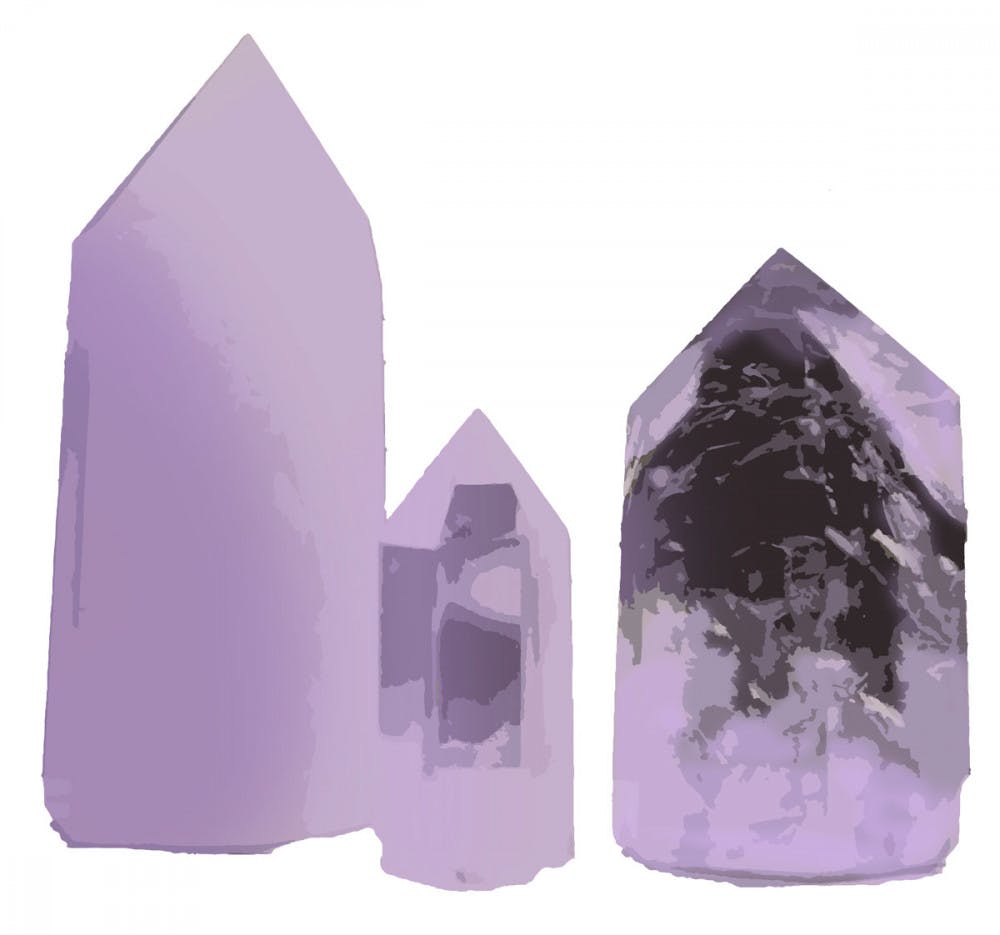A prequel to the puppet-animated 1982 film “The Dark Crystal,” “The Dark Crystal: Age of Resistance” focuses on the beginning of a rebellion on the planet Thra. The series was created with the use of puppets instead of CGI through a collaboration between Netflix and The Jim Henson Company.
Featuring the voices of Taron Egerton, Anya Taylor-Joy and Nathalie Emmanuel, the show follows the beginning of a Gelfling — the native species of the planet Thra — rebellion against their monstrous overlords, the Skeksis, after discovering that the Skeksis were draining and killing Gelfings in order to become immortal.
One of the most unique things about the series is the use of puppets instead of actors or CGI. It is a very uncommon medium to use for an entire show that isn’t directed towards children. While watching the show, I often found myself forgetting that the characters were puppets because the puppeteers did it so flawlessly.
The designs for each of the characters are striking and unique. From the dark vulture-like appearance of the Skeksis, the woodsy appearance of the Stonewood Clan, to the vibrant colors of the Dousan Clan, it is clear that effort was put into each design to differentiate each puppet.
The background and the mythos that the series focuses on is beyond beautiful, fleshing out an entire world in only ten episodes. Thra truly feels like a real place among the stars, but you’re left knowing that there is still so much to discover about the planet and the universe it inhabits. The scenery is masterfully done, showing how beautiful — and occasionally creepy — the world of Thra truly is. The intricate nature of the world is incredibly thorough, showing off the planet, along with the areas we aren’t able to see. The history of the world they created is shown naturally through the story, allowing viewers to learn about it through the characters’ actions and conversations.
The one flaw with the series is its slow pace at the beginning of the show. When the story first begins, it seems to take forever for it to get going, which isn’t helped by the rather cliche nature of the beginning of the story. Quite frankly, the beginning bored me, despite the other virtues of the show. Around episode five, I began to truly enjoy the story as it allowed the main three characters to finally meet and change up the formulaic nature. By the end of the first season, the narrative had grown into a unique story and all of the subplots tied into the main plot incredibly well.
Similar to the beginning of the narrative, many of the characters felt like they were simply archetypes without any of their own, unique characterization. Rian was the brave, kind-hearted son of the captain who wanted to impress his father; Brea was the outcast, bookish princess whom no one understood; and Deet was the compassionate, empathic animal-lover on a quest to save her home. However, while they all fit those archetypes at the end of the first season, “The Dark Crystal: Age of Resistance” managed to still make viewers care about the characters and diversify their characterization. They weren’t afraid to throw the characters into bad circumstances and bad things were allowed to happen to them.
Overall, while the series had a slow and cliche beginning, “The Dark Crystal: Age of Resistance” was amazing. Its unique medium is wonderfully executed, the world of Thra feels real and the story, once it gets going, really takes you on a fascinating journey that you aren’t expecting.
Review: The Dark Crystal: Age of Resistance contains a slow beginning but solid ending




